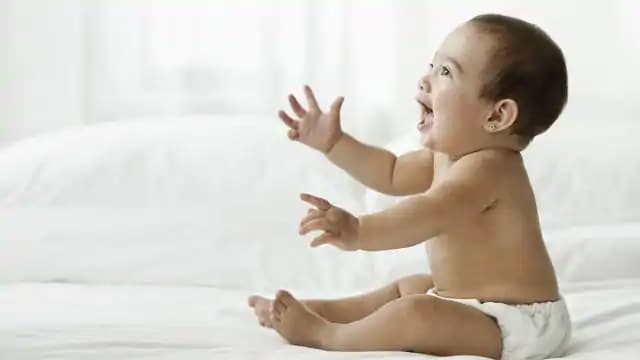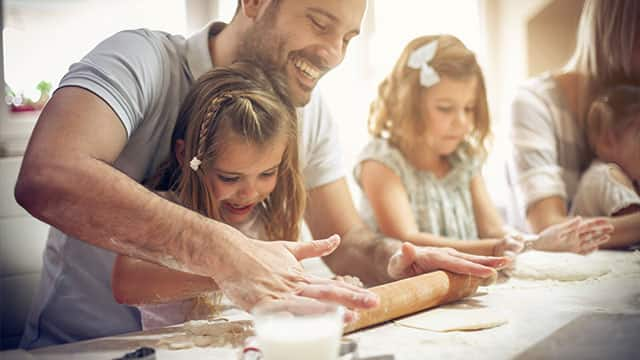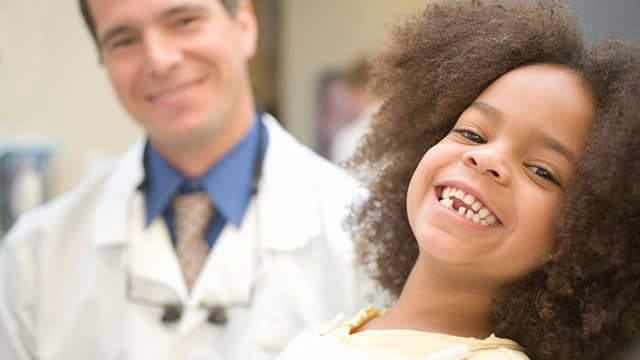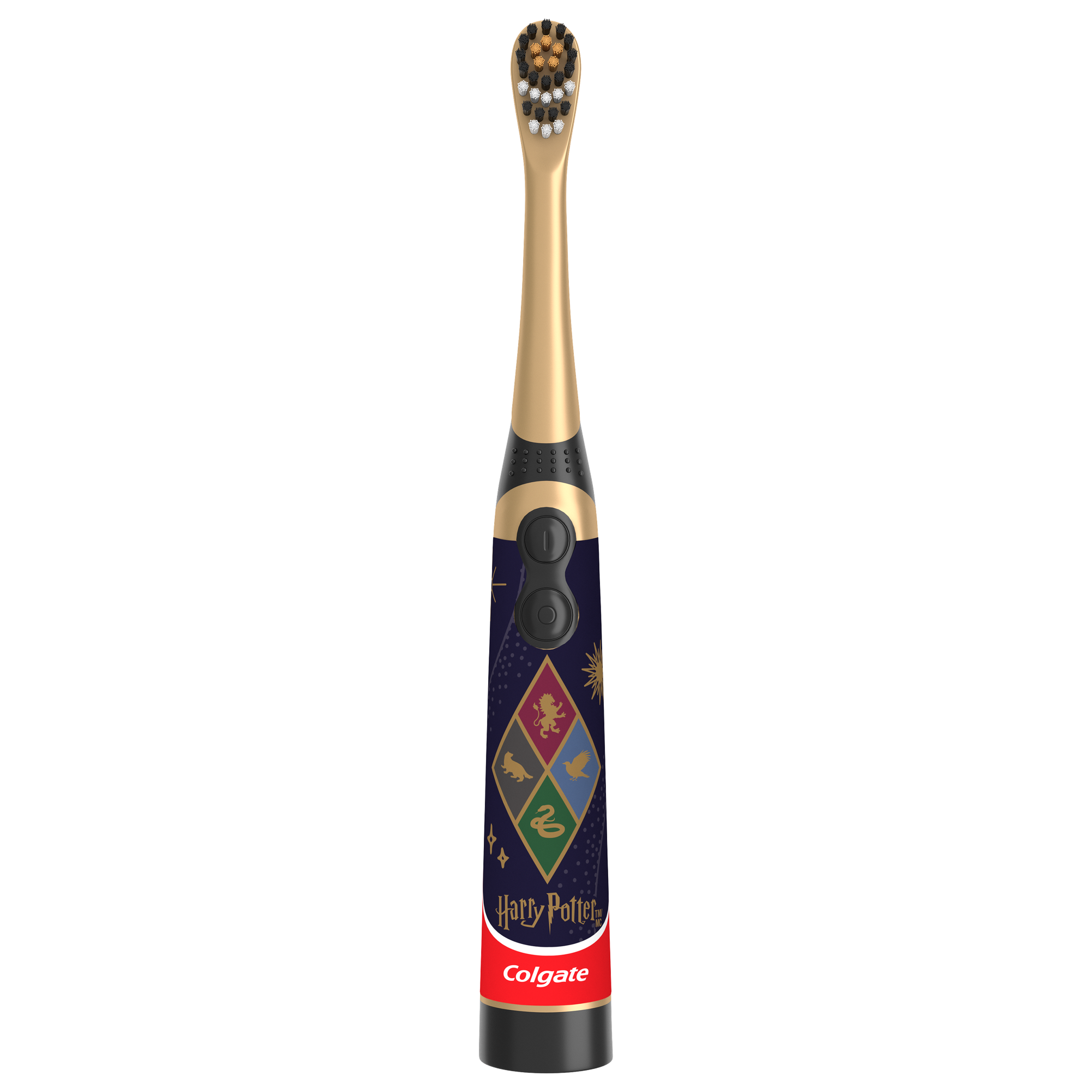Risks of an Unsanitary Bottle
Cleveland Clinic notes that in the first three months of life, babies are still developing their immune systems and are more vulnerable to viruses and bacteria, including those that might build up on an improperly washed baby bottle. The South Australian Women's and Children's Health Network agrees, stressing the importance of sterilizing bottles to prevent sickness in infants up to the age of six months — or even up to a year. But what exactly is the risk to your baby?
Tooth Decay
The American Academy of Pediatrics states that tooth decay in babies can occur as the result of exposure to liquids for an extended amount of time, such as if you let them sleep with a bottle that contains juice. This allows acid-producing bacteria to build up in their mouth and cause decay. Additionally, according to the Northern Ireland Public Health Agency, formula milk may contain bacteria — which can multiply if a bottle is left at room temperature.
Rotavirus
The Centers for Disease Control and Prevention (CDC) explains that this stomach bug can spread from touching contaminated surfaces or objects, including baby bottles. That's why the Government of Western Australia Department of Health advises parents to wash their hands frequently, including before preparing baby bottles.
Cronobacter Infections
The CDC notes that Cronobacter germs can contaminate dry, powdered foods, such as infant formula and, subsequently, baby bottles. This type of bacteria can cause a very rare but potentially life-threatening blood infection called sepsis, particularly in infants.
How to Clean a Baby Bottle Correctly
To avoid these risks, here are five simple steps to get your baby's bottle squeaky clean and ready for use. Remember to clean the bottle immediately after every feeding to prevent any bacterial contamination.
Properly wash your own hands. You might be surprised that many people forget this crucial first step. In fact, 97% of people aren't washing their hands correctly, according to a study from the U.S. Department of Agriculture. This opens up the potential for cross-contamination. If you're out and about, a squeeze of sanitizer or finding the nearest restroom to wash your own hands thoroughly with soapy water can save you from transmitting germs onto the bottle or nipple.
Take the bottle apart to clean. No matter the type of bottle you're using, the CDC recommends separating all the components to ensure you clean each part properly.
Rinse the bottle under running water. The CDC notes that you can rinse your bottle parts under cold or warm water, whichever you prefer. The key step here is to keep them under running water and not let them sit in the sink.
Scrub the bottle in hot, soapy water. After rinsing the bottle parts under running water, the CDC recommends filling a separate basin with hot water and soap. This should be a dedicated container you use to clean the baby bottle. Scrub each part individually with a dedicated brush only used on the bottles. Then, rinse the parts under running water again.
Dry on a rack or clean space. Place all the bottle parts on a clean paper towel or dish towel, and store them in a dust-free, clean space. Allow them to air-dry rather than patting them dry, as the CDC explains that patting can transfer germs from the towel to the newly cleaned bottle.
How to Sanitize a Baby Bottle
The CDC recommends fully sterilizing all feeding items at least once a day to rid them of all microorganisms that can spread disease. Sterilizing is especially important for babies under three months old, those who were born prematurely, or those with weakened immune systems. Here are three sterilization methods you can use:
Wash by hand. The CDC recommends placing all feeding components in boiling water for five minutes.
Use a dishwasher. If your baby bottle is labeled as dishwasher-safe, the CDC advises choosing a hot-water cycle and heated dry or a sanitizing setting to kill more germs.
Use a microwave tool. You might also be interested in using a steaming tool with your microwave. Follow the instructions on your individual product and be sure to clean the steamer after each use, as recommended by the Women's and Children's Health Network. Glass bottles should not be put in a microwave steamer.
Now that you know how to wash a baby bottle correctly, follow these tips every day to ensure your child stays healthy and happy.
Frequently Asked Questions About Baby Bottles
Why is it important to clean baby bottles properly?
Properly cleaning baby bottles prevents potentially harmful bacteria and viruses from building up on the bottle and being transmitted to your baby. These include rotavirus, a gastrointestinal virus, and cronobacter, a potentially lethal bacteria.
How often should I clean my baby's bottle?
Clean your baby’s bottle after every feed. Be sure to wash your hands first, take the bottle apart, rinse all the parts under running water, and then wash in hot, soapy water.
What cleaning supplies do I need to clean baby bottles?
You don’t need any special supplies, although a bottle cleaning brush can be helpful. The most important thing is to use cloths, sponges or brushes that are not used for any other purpose, like washing the dishes or cleaning countertops. Always bottles and their parts in a clean, dedicated space.
Should I sterilize baby bottles after every use?
You should sterilize baby bottles every day. If you don’t have a bottle sterilizer, you can do this by boiling them in water for five minutes, using a microwave steaming tool, or putting them in the dishwasher if they’re dishwasher-safe.
When should I replace baby bottles and nipples?
Replace bottles every 4-6 months, or sooner if there are noticeable scratches, cracks or other damage. Nipples should be replaced more frequently, around every 2-3 months.
Oral Care Center articles are reviewed by an oral health medical professional. This information is for educational purposes only. This content is not intended to be a substitute for professional medical advice, diagnosis or treatment. Always seek the advice of your dentist, physician or other qualified healthcare provider.
ORAL HEALTH QUIZ
What's behind your smile?
Take our Oral Health assessment to get the most from your oral care routine
ORAL HEALTH QUIZ
What's behind your smile?
Take our Oral Health assessment to get the most from your oral care routine















